Phandroid was one of the few Android blogs to get our hands on the ASUS TF700T — otherwise known as the “Full HD” Transformer Prime — back at CES 2012 and it looks like the high-def tab will be seeing a more formal unveiling at MWC congress. Technically a little higher than 1080p (1,920 x 1,200) ASUS teased the tablet in a video uploaded to YouTube today and I have to admit, they did a great job of explaining or “dumbing down” exactly what more pixels means to the average user — more marbles! Why didn’t I think of that? And I’m not gonna lie, I suddenly have the urge to download a marbles wallpaper complete with sticker themed icons for my Android device. Check out ASUS’s new video below.
Oh, and if for some reason you missed my hands-on with the tablet during CES 2012, you can watch that video below as well. Cheers.

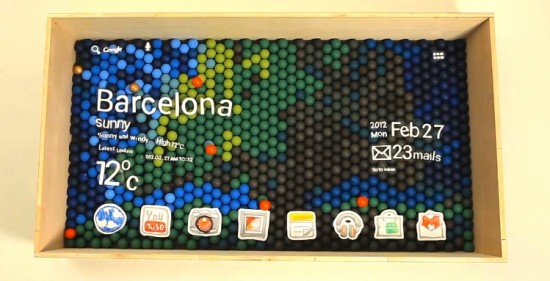

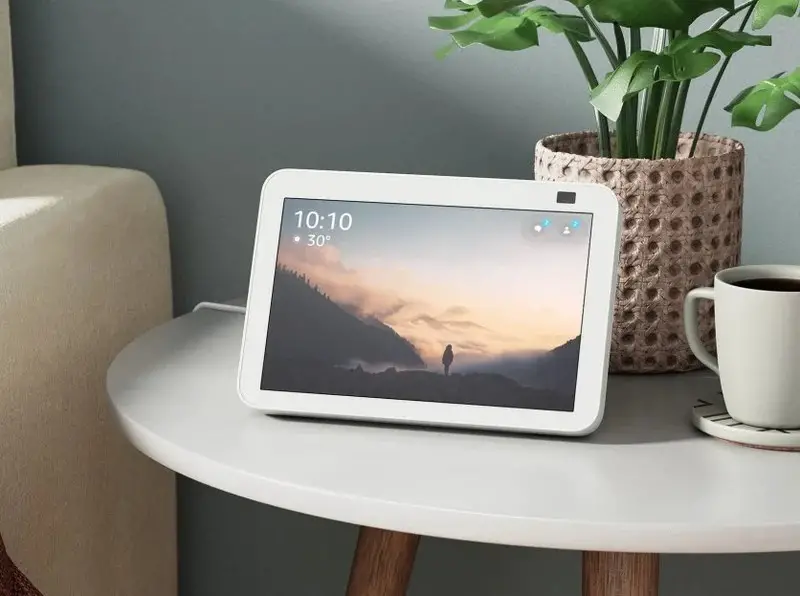
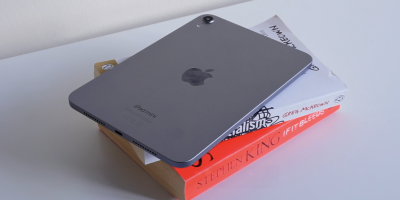
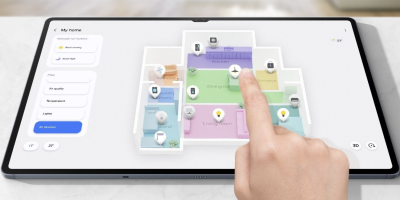

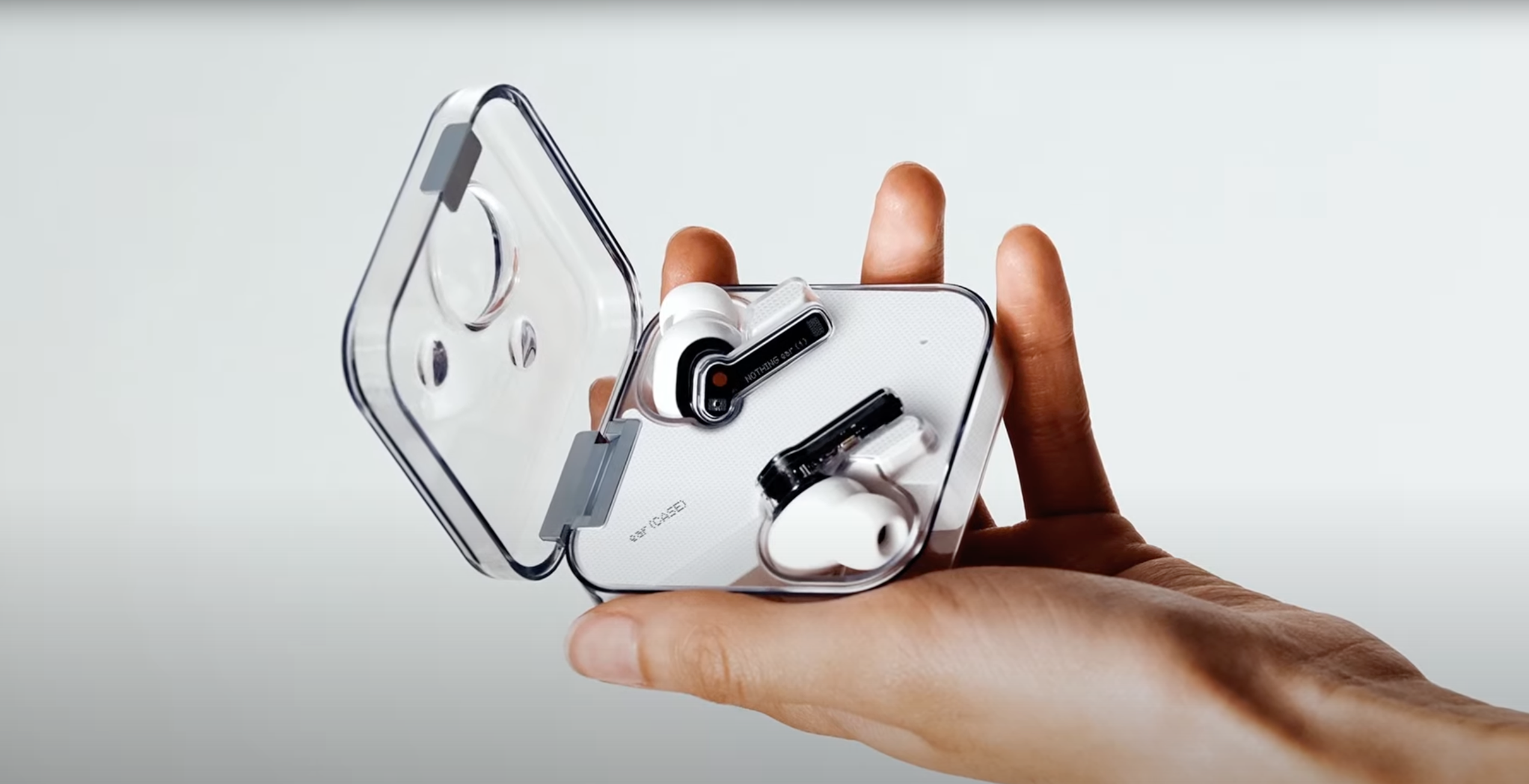


Right now, I’ll take any marbles. I’ve seem to have lost mine. :P
Wow, awesome specs.
I fear, if the rumors are to be believed, this astonishing piece of Android equipment may be scuppered by the even more astonishing resolution on the iPad 3’s 2048×1536 display.
I mean, if you’re in it for the numbers, then yeah. But seeing how movies and video don’t even go above 1080p, there’s really not much point.
Frankly, I think all these tablets are going to look useless after Samsung unveils the Note 10.1. Maybe they blow it and the S-Pen is a total fail on the larger screen. But the idea itself is brilliant and will sure be adapted by others: a large screen that can take both finger and pen input.
Depends. Do you want it for writing of for keyboard input? Keyboard input, and the TF line will remain king, unless Samsung releases a real laptop style keyboard dock. I still am incredibly excited about the Note 10.1. My math and engineering classes don’t play nice with keyboards :/
Web browsing scales nicely to all resolutions ;)
No point? Wouldn’t it be nice to show 8 MP digital pictures (from a phone or a DSLR) to your friends? Wouldn’t it be nice to see maps that are indistinguishable from paper maps (at a reasonable view distance anyway).
When CD audio came out, it was close to the level of the human ear and you could argue that improvements (e.g. DVD audio) were of no point. This was not true of displays or cameras when they first became digital. Now that we now have digital cameras that take pictures at the level of our eyes, why in the world would we not want displays that can show all that glory without having to make prints.
Don’t forget that moving images are perceived differently than stills. Moving pictures can always get away with less resolution. 2 MP is fine for TV and movies, but do you want a 2 MP still camera?
I welcome new high res devices – 5″ 1280×800 for my phone, and 10″ 2560×1600 for my tablet. I’d view these devices (both at 300 DPI) from about 12″ and I’d see no pixels in either case (but I’d have 4 times the image size in my eye from the tablet).
Just gonna say cds are nowhere near the audio capable of being heard, female vocals are just absolutely shredded on cds, vinyl is 100x better then cd, just because there is ‘noise’ doesnt mean the quality is worse, just not as clean, but it is more pure.
/endrant
I’m well aware of the opposing argument on CDs. I don’t happen to agree with it – I lived with vinyl first, had a very nice sound system, have a graduate degree in DSP/comm, and have read a lot on the subject. My point was that you could argue that further improvements on that front were of little payback (could argue – not everyone will agree), whereas in no way can you argue the similar point about 10″ 1280×800 screens. Doubling linear resolution on them is a huge improvement. Doubling both the sampling rate and the bits per sample of CD audio will not be perceptible to most listeners. Most viewers looking at a static image on a 10″ screen from 10-12″ away will easily tell the difference between 1280×800 and 4 times that many pixels.
Obviously a higher resolution screen would be better to have, no one is arguing against that, Im just pretty sure that a slightly better screen, would not be worth the insane price apple is going to put on it, and certainly not worth using iOS on a tablet. I dont have much against iPhones, but iOS is FAR from optimized for tablet use.
I hope they don’t give up on screen resolutions at 300 DPI. Pretty much everyone can pick out a photo at 600 DPI when compared side by side with a 300 DPI version. Smooth writing at 1.25 pt font size is much, much easier to read than 2pt font from a nice 600 DPI printer on acetate (I have both and the 2pt is pretty well illegible). At my phone’s 256 DPI, the small font sizes I use for terminal sessions to work could be cut in half (giving me 4x the data to deal with), if only the machine could render them without looking like an amateur with an etch-a-sketch. I would like to see a day when we don’t feel the need to make our writing all blurry with anti-aliasing. 4k cinema resolution phones anyone?
I haven’t seen a display yet with more PPI than the iPhone 4/4S, so perhaps I will be impressed. I big factor is how close you can view the screen. If I don’t wear glasses, I can’t focus closer than 10″ ever and 12″ is a bit more comfortable. I’m sure many people (probably you) can go to 6″. Therefore you can easily use double the PPI over me.
You are probably aware of the Toshiba prototype that is nearly 500 PPI. Not 600, but pretty impressive. (http://www.anandtech.com/show/5002/toshiba-releases-61-display-with-resolution-of-2560×1600)
Replied to wring person :/
Dumb. Now the processor has to work harder to push these extra pixels. You’re eyes probably wont even notice a difference between 720p and 1080p at such a small screen size.
Nobody has even had the time to do a full review of this device(although Chris mentioned he could tell the difference). We dont even know if it has a really significant effect on battery life, we do already know it’s buttery smooth though so i don’t see a performance issue at this time. Besides by your logic we should all be looking at 8bit displays. Oh well, you can’t please everybody.
You cant even tell a difference until you reach a 50 inch screen size.
After phones and tablets hit 720p, anything else is pretty much overkill.
Sorry that would be 42 inches if you were sitting within 5 feet of the screen.
Sorry but my own experience differs. I can definitely tell a difference between 720p and 1080p on my 26″ LG from about 4′. I tend to believe Chris who has seen it and interacted with it in person as well as my own experiences with TVs. Where did you get these stats?
I was going by this chart.
http://s3.carltonbale.com/resolution_chart.html
http://www.faqhdtv.com/720p-vs-1080p-hd-resolutions
I can easily see the pixels on my iPad 1 and TF101.
If you are referring to the picture from the link I posted, It states that you have to be 10 feet away from it. I think it is a zoomed shot.
@redrooster13:disqus Nope, talking about normal usage.
But you are not 5 feet away from the screen, you are generally like a few inches away from the screen.
Correct but that was referring to a 42 inch display. The Asus display is only 10.1 inches.
I don’t think he was talking specifically about the abttery, more in the sense that with more pixels, the processors will have a harder time displaying the same game then when there were less pixels. (So a performance decrease)
So the question is: Isthe marginal improvement in detail over 720p worth the performance decrease?
At least that’s what I got from his post xD
That’s what I got too. I addressed that issue in my reply. Everyone who has had hands on said it was silky smooth for normal operations and we won’t know about graphics intensive games until a full review has been done, but I’d like to think ASUS will be extra careful with quality assurance after the Prime GPS issue.
I bet you the next evo will be full 1080p screen. Evo is always first at something.
so uhm yea i want one of these 700t things NOW. when do these bitches go on sale?
If it were out today I would get one. Too bad it’s not going to be out for probably five or more months.
I think you guys have the wrong idea. This is not the TF700T (in my opinion). They seem to have been explicit about twice the detail (I don’t know for sure, the video is having issues it looks like, but most blogs are reporting the term “twice the detail”). If that’s true, 2×1280*800 is 2560*1600. It’s not such a crazy idea either.
Edit: To clear up confusion, the relationship between pixel count and resolution is non-linear. That is, if you are discussing the proper meaning of resolution. 2x resolution requires double both x pixel count and y pixel count. That quadruples pixels. 3x resolution is tripling both x and y pixel counts, or putting on 9x the pixels. etc,
No, 2x 1280*720 is 2560*1440.
Clearly he meant 1280 * 800 (the resolution of the Prime)
Sorry, I meant 1280*800, which is what current tablets have. Thanks for the correction. I fixed it in my post.
1280*720=921,600 pixels
921,600*2=1,843,200 pixels
At 16:9 ratios that would make it a 204,800 by 115,200 screen: I may (probably) have done my math incorrectly but it’s just over 1080p
Your math, from what I can tell without hitting wolfram alpha is right. You just have the wrong idea of resolution. To double resolution, you need 4x the pixel count. To double the resolution, you need to double the “x” resolution, and the “y” resolution both.
2 times 1280*720 is NOT 2560*1440 (or even 2560*1440).
1280*720 = 912600 pixels.
1920*1080 = 2073600 pixels (just over twice as many).
I haven’t really been following this device but that’s seems likely to be where the figures are coming from.
As with the above poster, your math is right, your understanding of resolution is not. 2x resolution means 4x the pixels. To double the resolution (which is what detail is), you need to have 4x the pixels.
For example, to double 1280*800, you would need (1280*2)*(800*2).
Assuming Asus is using resolution in it’s proper form, and not to mean 2x pixel count, then they will be showing a 2560*1600 display.
I just said that…
2x1280x800 doesn’t equal 2560×1600.
4x1280x800 = 2560×1600.
Congrats math professor. At least read the post you are responding too…
Glad they’re sticking closer to 16:10 than 16:9. Most desktop LCD monitors are 16:9 nowadays unless you pay a little more. An 11% taller screen really does make a bigger difference than you’d think.
(But don’t go too far – 4:3 is eww)
I love 4:3. I have three of them on my computer. All you are really doing is chopping a small amount of screen off the wide end, that few things but movies really use. You can get 3 high quality IPS 4:3 monitors for the price of one Dell U2011.
Exactly, going from 800p to 1600p gives you 4x the number of pixels.
hahaha.
Can anyone point out the advantages of waiting for this model as opposed to getting the Prime TF201? Apart from the improved screen resolution?